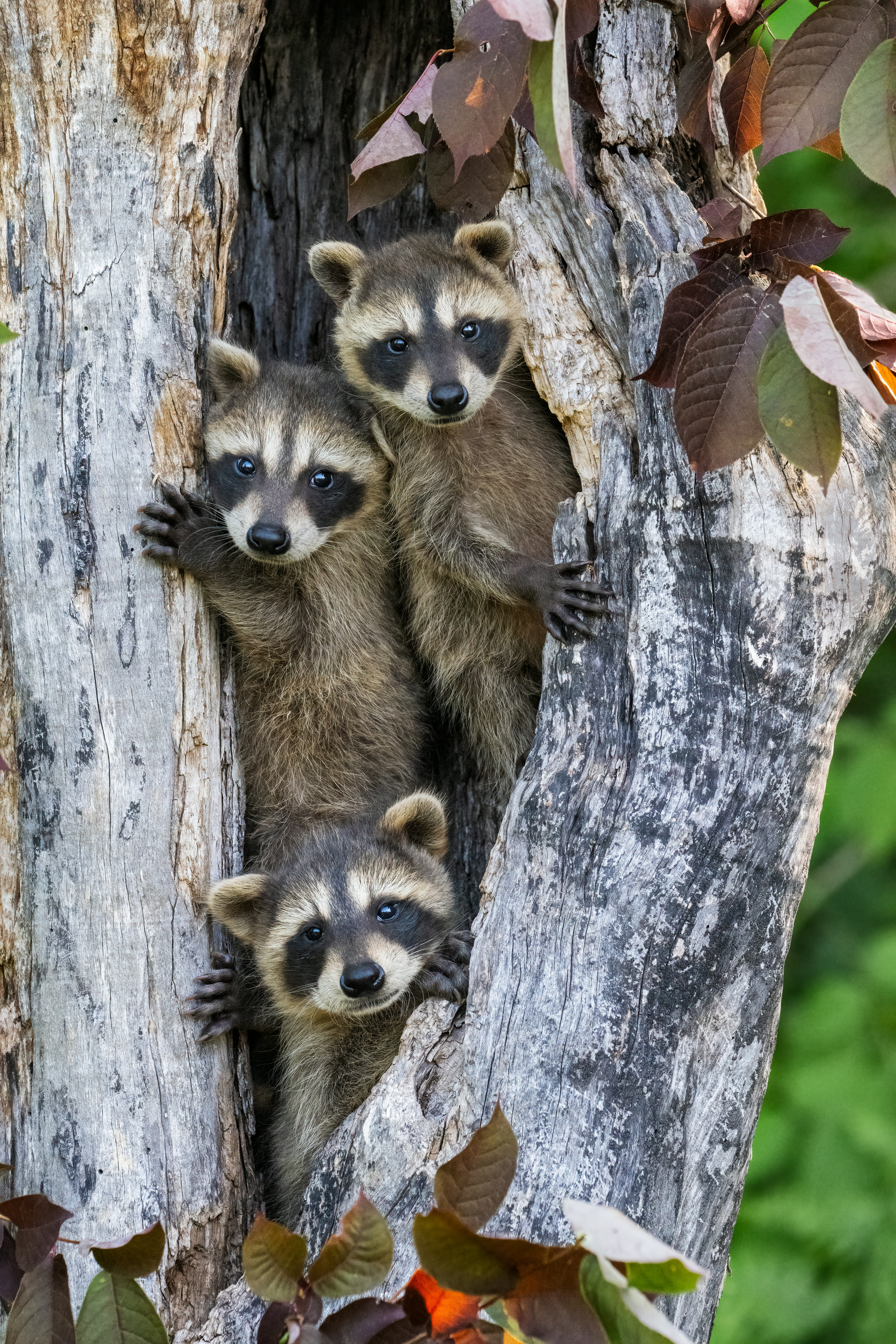
We’ve known for years now that Covid-19 isn’t just a human problem. It moves easily through the animals we share the world with — and what happens in the wild can either directly impact us or give us a sign of how prevalent the virus is in humans. A new study from Virginia Tech, published Monday in the journal Nature Communications, shows that right now the virus is everywhere — extensively spreading through the critters in our own backyard. So, just how worried we should be about this spread?
To determine the extent of the spread, the Virginia Tech team examined 23 species between May 2022 and September 2023 across Virginia and Washington, D.C, testing a total of 789 oral or nasal swabs and 126 blood samples. Animals who tested positive account for less than 3 percent the 789 swabs but nearly half of the species tested showed signs of the virus. Six species carried the virus, while 5 tested positive for antibodies through blood samples, indicating prior exposure. New species that tested positive include the deer mouse, Virginia opossum, raccoon, groundhog, Eastern cottontail rabbit, and Eastern red bat. In previous surveys, white-tailed deer, feral mink, and Eurasian river otters have all tested positive for infection.
As the virus SARS-CoV-2 adapts to non-human hosts, Covid-19 could evolve more unpredictable mutations. With every mutation, the virus could present more challenges to vaccine development targeting specific lineages.
“The virus can jump from humans to wildlife when we are in contact with them, like a hitchhiker switching rides to a new, more suitable host,” Carla Finkielstein, a professor of biological sciences at Virginia Tech and corresponding author of the study said in a press release. “The goal of the virus is to spread in order to survive. The virus aims to infect more humans, but vaccinations protect many humans. So, the virus turns to animals, adapting and mutating to thrive in the new hosts.”
The virus may be able to hitchhike from humans to animals, but the researchers assure that they found no evidence of transmission from animals to humans.
The team did find a correlation between urban areas and infection in wildlife. Antibody detection was highest at a popular state park, pointing to human activity as fomenting transmission. That doesn’t mean animals contract Covid from human sneezes — other sources like refuse and wastewater are more likely links.
According to the authors, the next step for this research is understanding the pathways for infection. This piece of the puzzle is crucial for greater disease control and management as the virus continues to mutate and evolve.







